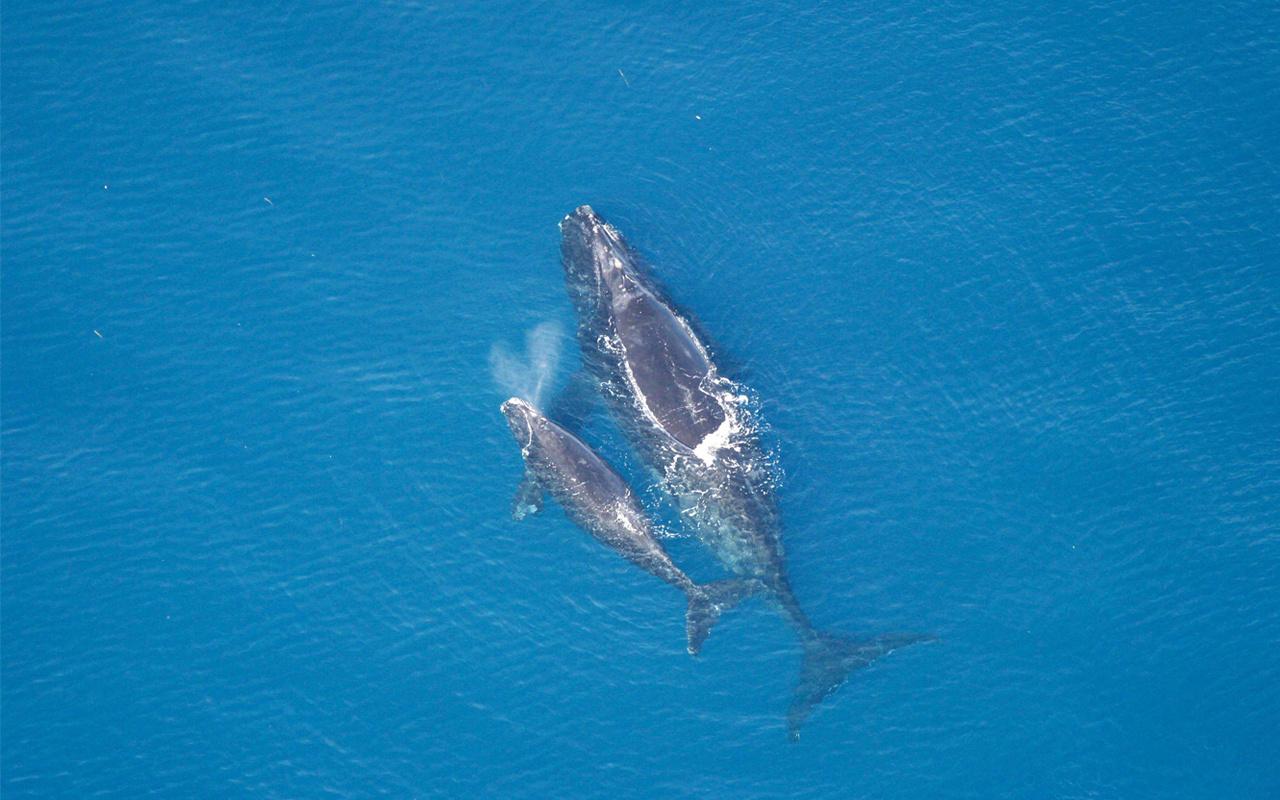
Protect our waters and wildlife from waste
For the past few years, Environment Oregon has been working to build public support to ban polystyrene foam takeout containers and cups in Oregon. A question that we sometimes get asked is– why polystyrene? This blog post explores the answer to that question.
TAKE ACTION
This blog was written by Erika Andersen, Summer Intern with Environment Oregon
For the past few years, Environment Oregon has been working to build public support to ban polystyrene foam takeout containers and cups in Oregon. A question that we sometimes get asked is– why polystyrene? This blog post explores the answer to that question.
Polystyrene is a type of plastic with a wide range of uses. One form of polystyrene, known as expanded polystyrene foam, is used to create foam takeout containers, cups, and packing peanuts. While it may seem convenient for both producers and consumers of takeout services, any benefits plastic foam may have are overshadowed by its environmental impact. Polystyrene foam presents a unique threat to both wildlife and people alike.
Because it takes hundreds of years to decompose, if it decomposes at all, polystyrene foam is effectively not biodegradable. Research suggests that plastic foam lasts in our environment for thousands of years and therefore threatens the health of wildlife for a long time. That means if William Shakespeare threw away a polystyrene foam container during his lifetime, it would still be on the planet today.
Polystyrene foam is also not readily recyclable. While many people recycle products through curbside recycling programs, none of these programs accept plastic foam waste in Oregon. One “chemical recycling” facility in Tigard takes some forms of foam waste. The goal of “chemical recycling” facilities– more aptly called “plastics-to-fuel” facilities– isn’t to make reusable material for new products but instead to convert petroleum based foam into fuel. This fuel is typically combusted, contributing to climate pollution and poor air quality. Either way, most Oregonians simply throw their polystyrene into the trash, which will end up in our landfills or our environment for hundreds of years.
While production costs of expanded polystyrene foam may be inexpensive, its human and environmental cost is high. Because it does not biodegrade, plastic foam is hazardous to wildlife. By breaking down into smaller and smaller pieces, plastic foam enters the natural environment and animals often mistake it for food. Wildlife, like seabirds, will eat these pieces or feed them to their young, filling their bellies with plastic. With stomachs full of plastic pieces, these animals won’t feel hungry and will likely starve to death or permanently injure themselves. Because polystyrene foam floats, it can travel all across the world through waterways and harm animals all over the globe.
Polystyrene foam also affects the health of people because of its chemical makeup. One of the main ingredients of polystyrene, styrene, has been identified by the Department of Health and Human Services as a possible human carcinogen. This chemical has the potential to leach into food and drinks served in polystyrene containers and endanger human health in significant ways. Those who work in the production of styrene based products like foam can also experience significant health risks. Breathing in styrene, like many workers do when producing various products, can lead to permanent nervous system damage.
Expanded polystyrene foam is a big contributor to plastic pollution. It harms the health of both humans and animals and fills landfills and the environment with tons of waste. We simply need to stop using it. By supporting, “Foam Free Oregon,” a bill that would phase out use of foam takeout containers and cups in the state, we can help prevent the harm that polystyrene causes animals, people, and the environment. Nothing we use for only a few moments should harm the Earth for hundreds of years and by supporting this bill we can work towards a safer and more sustainable future.
Cover photo by Julio Lopez on Unsplash
As director of Environment Oregon, Celeste develops and runs campaigns to win real results for Oregon's environment. She has worked on issues ranging from preventing plastic pollution, stopping global warming, defending clean water, and protecting our beautiful places. Celeste's organizing has helped to reduce kids' exposure to lead in drinking water at childcare facilities in Oregon, encourage transportation electrification, ban single-use plastic grocery bags, defend our bedrock environmental laws and more. She is also the author of the children's book, Myrtle the Turtle, empowering kids to prevent plastic pollution. Celeste lives in Portland, Ore., with her husband and two daughters, where they frequently enjoy the bounty of Oregon's natural beauty.
